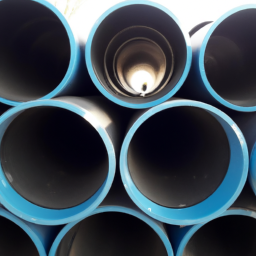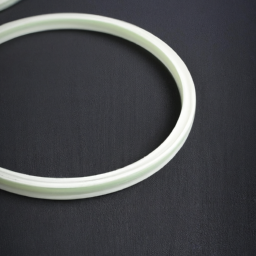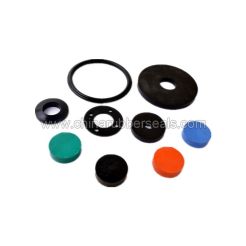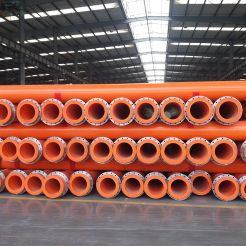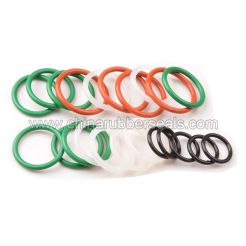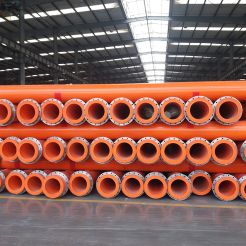Chelating Resin D401
HAL LAN ™ D401 is an iminoethylene glycol chelate resin, which can selectively adsorb alkali earth metal (calcium, magnesium, strontium, barium, etc.) ions and other bivalent and above bivalent metal ions from alkali metal (lithium, sodium, potassium, etc.) salt solution.
Product Description
HAL LAN ™ D401 is an iminoethylene glycol chelate resin, which can selectively adsorb alkali earth metal (calcium, magnesium, strontium, barium, etc.) ions and other bivalent and above bivalent metal ions from alkali metal (lithium, sodium, potassium, etc.) salt solution. The most common use of this kind of chelating resin is the softening and refining of secondary brine in the chlor-alkali industry, which can make the total content of calcium, magnesium and iron in the brine less than 20ug/l.
Chelate Resin D401 is used for secondary purification of salt water in high soda industry by ion exchange membrane method and selective adsorption of bivalent metal ions.
|
Appearance |
Milky white to pale yellow beads |
|
Functional Group |
Aminodiacetic acid |
|
Ionic Form as shipped |
Na+ |
|
Weight Exchange Capacity |
1.95(Cu2+)mmol/g |
|
Volume Exchange Capacity |
0.6(Cu2+)mmol/ml |
|
Specific Gravity |
1.15~1.25g/ml |
|
Shipping Weight |
0.72~0.78g/ml |
|
Moisture Retention |
52%~58% |
|
Particle Size Range |
0.425~1.25 mm |
|
Effective particle size |
0.4-0.7mm |
|
Temperate Limit |
80℃ |
|
PH Range |
3-12 |
Chelating Resin D401 is a high performance chelating resin designed for industrial and environmental applications. The resin features a reactive functional group selection, which allows for optimum metal-ion capture and selectivity. The resin also exhibits excellent flow characteristics, making it ideal for use in batch and column processes.
The D401 resin offers a low pressure drop of 5 psi, allowing for maximum flow and minimal pressure drop. Its unique surface chemistry offers excellent selectivity with respect to metal-ion capture and key chelating agents, thereby reducing the risk of fouling.
The resin is also highly resistant to chemical and thermal degradation, offering an operating temperature range of 0-120°C. This allows for a variety of industrial applications. In addition, the resin undergoes dehydration upon exposure to air and water, further enhancing its performance and longevity.
The unique hydrophilic nature of the D401 resin ensures high recovery of ionic species, allowing for efficient and effective chelating. Furthermore, the excellent bead integrity and strength of the resin minimize leakage and increase the operational lifetime.
The D401 resin exhibits an activated functionality of -CH3 and –OH, offering a broad range of chelation capabilities. This enables the capture of anionic and cationic metals, as well as anionic and cationic ions. The wide selectivity range of the resin makes it an ideal solution for industrial and environmental applications, such as demineralization, ion exchange and metal removal.
The D401 resin offers an ultimate adsorption capacity of typical metals of 90-200 mg/g. Its special surface characteristics yield high selectivity of the desired metal ions, allowing them to be captured and held even in high volume solutions. This allows for maximum efficiency and increased yield in industrial processes.
The D401 resin is a highly versatile chelating resin providing broad-spectrum chelation and excellent flow characteristics. Its unique surface chemistry and excellent bead integrity extend the operational life of the resin, providing cost-effective solutions for industrial and environmental applications. As an added benefit, the high selectivity of the resin allows for efficient capture of desired metal ions, further enhancing the performance of the resin.
Chelate Resin D401 use method is similar, which is described as follows:
a. Load the resin into the exchange column according to the design quantity (note that the minimum height of the resin should not be less than 800mm).
b. Pass into clean water and backwash resin, and control the flow rate to make the resin backwash development rate of 75-100% (backwash flow rate is about 10-15m/h), the time is about 10-20min, until the effluent is clear and free of impurities.
c. Stop backwashing and let the resin settle naturally. Then adjust the water level in the exchange column to 20-30cm above the resin layer.
d. Pass 3-4%HCl solution 2-3 times the volume of resin, about 1 hour through. (The acid solution is best prepared with debrine).
e. Continue to replace the resin with debrine at the same flow rate until the effluent pH is 4-5.
f. Pass 2-3BV of 4-5%NaOH at the same speed, about 1 hour through. (Lye is best prepared with debrine).
g. Continue to inject demineralized brine at the same speed for replacement for about 60min.
h. Then at the running velocity (10-30m/h), continue to clean the resin with debrine until the pH is 8-9, and it can be put into operation.
i. After resin failure, repeat the above 3.2-3.8) operation for regeneration.
Explanation:
In cases where resins are used for recovery of certain metals, a higher concentration of sulfuric acid (e.g. 10-15%) can be used in Step 3.4 to obtain a higher concentration of metal sulfates.
Packaging Details & Delivery
a. PE bag (25liters) with pallet
b. PE valve bag (25liters) with pallet
c. Super sack / big bag (1200liters ) with pallet
d. Woven bag lined with plastic bag(25/20kgs)
e. According to users' requirements
Delivery time: Within two weeks after we receive the deposit.
Please pay attention to the followings :
1. Generally, 1x20FCLcontainer can hold 24000 liters, with pallet (48bags/pallet total 20pallets)
2. 1x20FCL containercan hold max 25000 liters, with pallet (50bags/pallet total 20pallets)
3. 1x20FCL container can hold max 30000 liters, without pallet

Email: info@Hailanresin.com
Mob.: +86 166 6392 6123
WeChat: +86 166 6392 6123
Whatsapp: +8616663926123
Add.: Henan Province Hebi City Industrial Park


